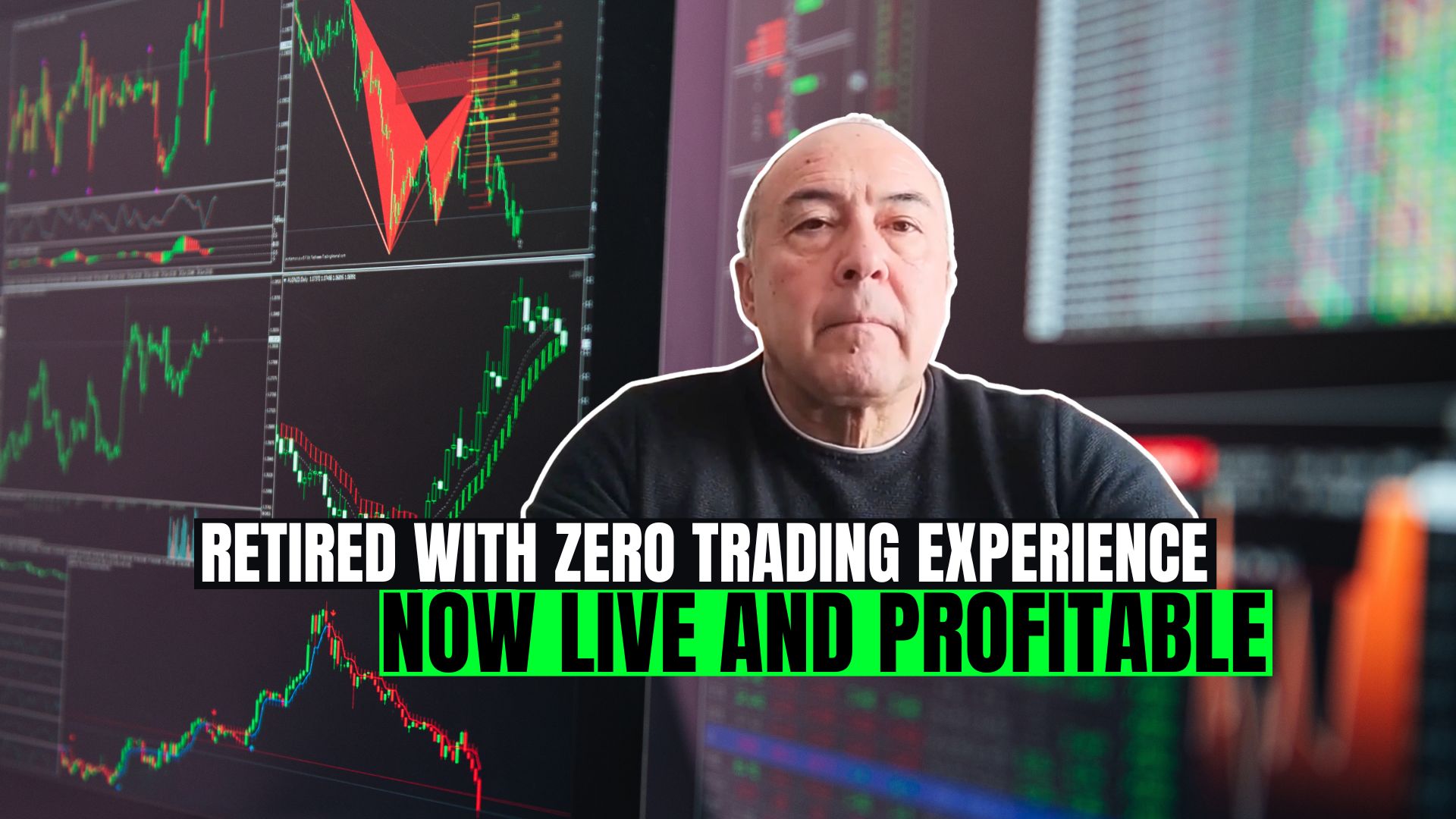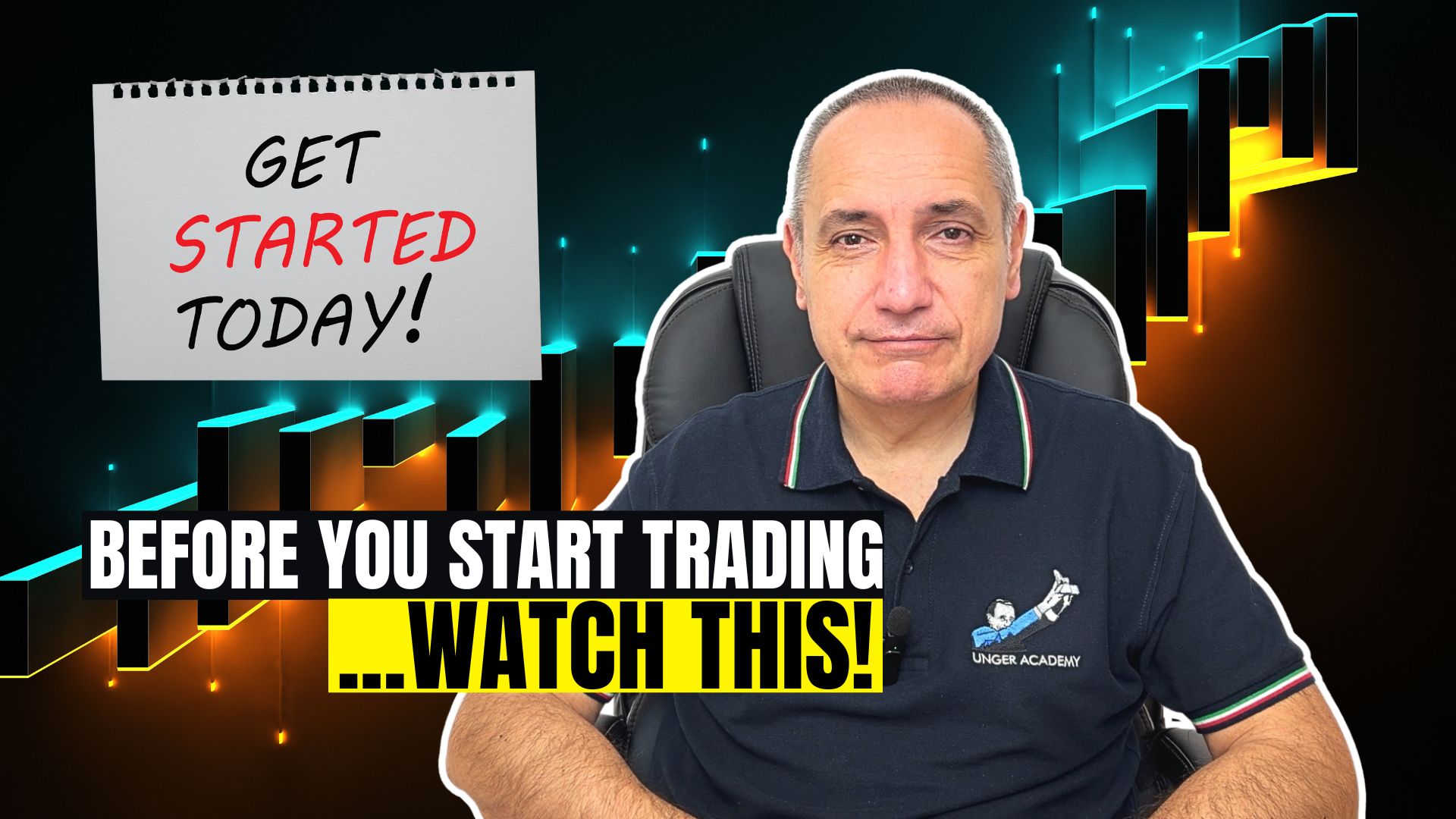Hi guys, hi from Andrea Unger! Today, I’d like to talk about a topic I’m often asked questions about: how can we find a trading edge on which to build a trading system?
A trading edge (not “hedge”) is an advantage, something traders can exploit when they develop a trading system. In order to find a trading edge, you have to develop systems following a specific procedure.
At first, you decide what kind of system you want to build. Once you’ve decided, you start exploring the results you would get by applying that basic model to the market.
Let’s make an example. Suppose I want to trade a breakout trend-following strategy on the DAX future. When I decide to apply breakout orders on an intraday basis, I don’t start trading at the very beginning of the day, but I normally wait a couple of hours, or even more, so that the market comes down after the open.
Then, I place my breakout orders after a certain time of the day. At what levels do I place them? To be effective, orders should be placed at significant levels. In the case with trend-following intraday strategies, these levels are the high and low of the day. I use the highest high the market has reached from the moment when it opened to the moment when I place the trade to enter long, and the lowest low to enter short.
Then, I add other conditions. For instance, I can decide to close the trade at the end of the day. In this case, I close the trade when the market closes and evaluate the results. If they are good, I have something to work on and can go on exploring how the market reacts to my input.
At the beginning of this post, I told you I enter two hours since the opening time. However, we can decide to wait more or less time. In order to do this, we can choose a certain time of the day after which entering the market and use it as an input. So, we decide to place trades and play with these inputs: what if we placed trades after 9, 11 or 12 am? Then, we look at the results and decide which time of the day best suits our expectations.
Once I have these results, I add a stop-loss, because I obviously don’t want to have my trade and account killed in case the market changed direction. I also consider using a take profit. However, in the case with trend-following strategies, the take profit should be avoided, as it would kill the following. If I want to stop the trade, I prefer setting an exit on close.
After this process, I have a system. As you can see, I decided when to start trading, at what level entering and when to close the trade (at the end of the day or eventually at the take profit).
I can also decide that, after a certain time of the day, my entry conditions are no longer effective. In this case, I choose another input time and, after that, I cancel all orders that haven’t been filled yet. What time of the day is best? Again, I optimize it by exploring the results I would get stopping at 3, 4, 5, 6 pm, etc. and see when I get better outcomes.
For instance, if I see that results get worse after 5 pm, there is no reason why I should keep my orders alive, because I would pay more commissions, for example.
This is a system, even if the only decision I made was to build a trend-following strategy. If I decided to trade a counter-trend system, instead of buying at the breakout of the high and selling at the breakout of the low, I would have bought at the breakout of the low of the day and sold at the breakout of the high.
The choice of the kind of system obviously depends on the market and other conditions. However, I always start from the concept. I build the basic model and then I elaborate it.
We’ve talked about the time of the day, the stop loss and the take profit. Anyway, there’s obviously a whole process you need to follow. For instance, you should evaluate some filters that tell the system when to trade and when not to trade.
This is an open world, but you’ll be able to build nice and performing trading systems, if you stick to a proper procedure. Always be careful not to overfit and avoid adding too many conditions to the system (perhaps, I’ll talk about this in another post).
So, all that it takes to build trading systems and find the trading edge is to apply a proven methodology.
That’s all guys, see you next time!
Ciao from Andrea Unger!







